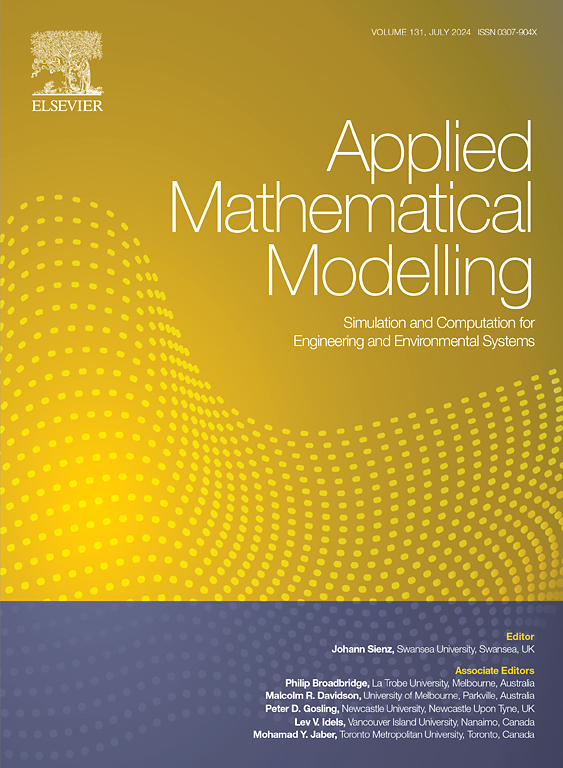基于修正的延迟积型函数的自主潜水器恢复控制
IF 4.4
2区 工程技术
Q1 ENGINEERING, MULTIDISCIPLINARY
引用次数: 0
摘要
本文侧重于自主水下航行器的回收过程,强调自主水下航行器分为母船和子船的分层框架。在回收阶段,完成水下任务后,子船向母船指定的位置航行。回收的关键在于控制器的设计,以适应水下通信传输环境引起的通信延迟。母船和子船构成了一个多自主水下航行器协作网络,配备了这些控制器,通过同步调整误差项所代表的状态使其运行。基于修正的延迟积型 Lyapunov-Krasovskii 函数,提出了延迟相关控制器条件准则。根据该准则获得增益的控制器能有效地管理系统,并确保成功恢复。通过一个案例研究证明了所提方法的有效性,该案例研究涉及一个由 1 艘领航水下航行器和 4 艘跟航水下航行器组成的网络。本文章由计算机程序翻译,如有差异,请以英文原文为准。
Recovery control of autonomous underwater vehicles based on modified delay-product-type functional
This paper focuses on the recovery process of autonomous underwater vehicles, emphasizing a hierarchical framework in which autonomous underwater vehicles are categorized into a mothership and sub-vessels. In the recovery phase, following the completion of an underwater mission, sub-vessels navigate towards a location designated by the mothership. The crux of the recovery hinges on the design of the controller for adapting communication delays induced by environmental in underwater communication transmissions. The mothership and sub-vessels constitute a collaborative multi-autonomous underwater vehicles network equipped with these controllers, making them operate through the synchronized adjustment of their states represented in error terms. A delay-dependent controller condition criterion is proposed based on the modified delay-product-type Lyapunov-Krasovskii functional. The controller with the gain obtained from the criterion manages the system effectively and ensures successful recovery. The effectiveness of the proposed approach is demonstrated through a case study involving a network comprising one leading and four following autonomous underwater vehicles.
求助全文
通过发布文献求助,成功后即可免费获取论文全文。
去求助
来源期刊

Applied Mathematical Modelling
数学-工程:综合
CiteScore
9.80
自引率
8.00%
发文量
508
审稿时长
43 days
期刊介绍:
Applied Mathematical Modelling focuses on research related to the mathematical modelling of engineering and environmental processes, manufacturing, and industrial systems. A significant emerging area of research activity involves multiphysics processes, and contributions in this area are particularly encouraged.
This influential publication covers a wide spectrum of subjects including heat transfer, fluid mechanics, CFD, and transport phenomena; solid mechanics and mechanics of metals; electromagnets and MHD; reliability modelling and system optimization; finite volume, finite element, and boundary element procedures; modelling of inventory, industrial, manufacturing and logistics systems for viable decision making; civil engineering systems and structures; mineral and energy resources; relevant software engineering issues associated with CAD and CAE; and materials and metallurgical engineering.
Applied Mathematical Modelling is primarily interested in papers developing increased insights into real-world problems through novel mathematical modelling, novel applications or a combination of these. Papers employing existing numerical techniques must demonstrate sufficient novelty in the solution of practical problems. Papers on fuzzy logic in decision-making or purely financial mathematics are normally not considered. Research on fractional differential equations, bifurcation, and numerical methods needs to include practical examples. Population dynamics must solve realistic scenarios. Papers in the area of logistics and business modelling should demonstrate meaningful managerial insight. Submissions with no real-world application will not be considered.
 求助内容:
求助内容: 应助结果提醒方式:
应助结果提醒方式:


